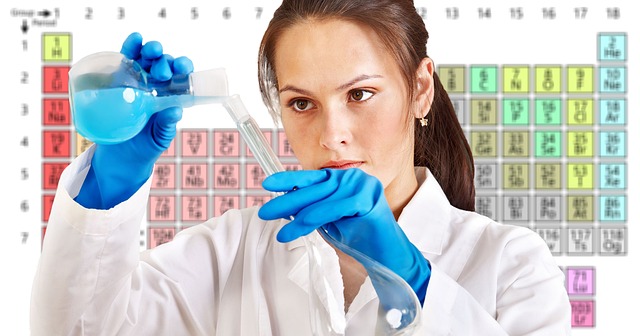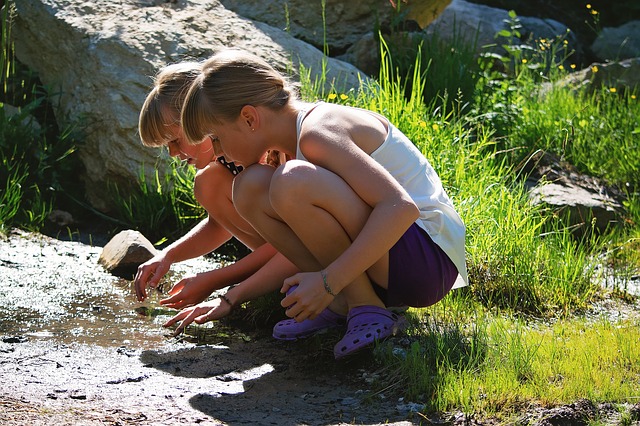The world is an interesting place, and many of the questions children ask you may not have answers themselves. Is your child curious, inquisitive, and always exploring? Teach your child a few experiments that will broaden their horizons and help them learn something new in the world of physics and chemistry. Besides, it will keep them entertained for a while, and then they may not ask so many questions. They probably won\’t want to dissect frogs and bugs at home. But what about a funny, not-so-necessary water experiment? At least the frogs won\’t die.
A Spring Experiment for Everyone – Even Little Kids
This experiment is simple, logical, and even little kids can do it. Anyway, you will love it. All you need is a small amount of dish detergent, a plate or bowl, milk, a toothpick or cotton swab, and a drop of food coloring.
– Pour a little milk into a bowl or dish. Mix the food coloring with the water and drizzle it into the milk. Color in the middle.
– Dip a cotton swab or toothpick into the spring and place it in the middle of the colored dot. See what happens.
– The color recedes and drips down the side.
Why? Milk contains fat, and that fat melts the bottle. So the surface tension goes down. The more fat, the farther the milk is from the spring. This, of course, happens even in the absence of dye, which has no effect on the dye. But we use it in our experiments so that the children can clearly see what is happening.
Several similar experiments can be tried at home. How about one using doughnuts? Have you ever heard of it? It\’s easy. Take the kids for a walk, bring home an open pine cone, soak it in water for half an hour, and it will close up again. Pine cones also respond to moisture. When a pinecone grows, it receives nourishment from the tree and closes. However, when the seed ripens in the ball fruit, it no longer receives nourishment from the tree, withers, opens, and falls to the ground. When it is watered again at home, it closes.